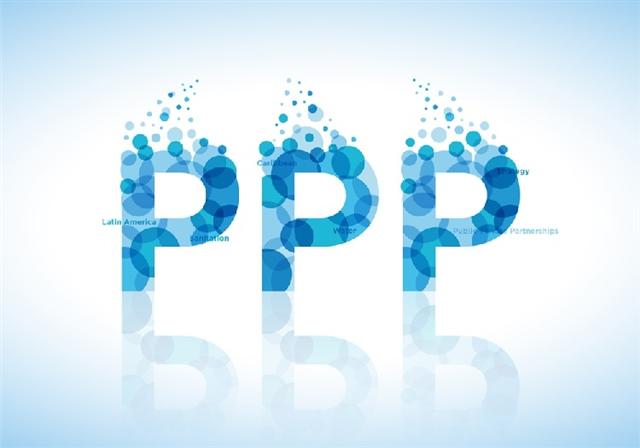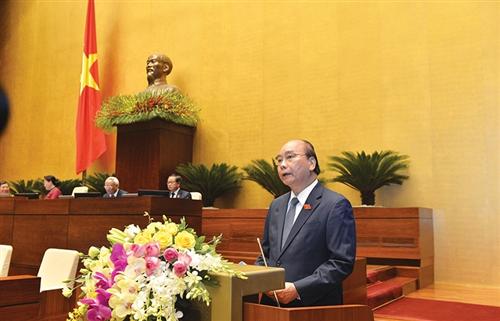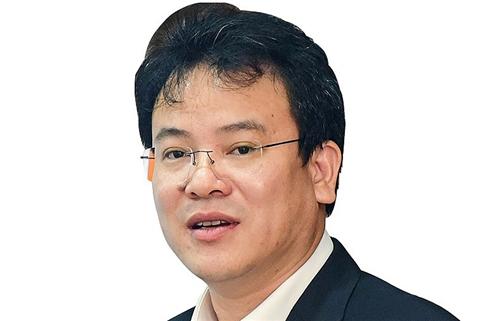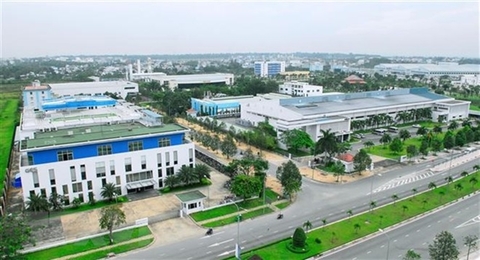More tinkering required for draft law on PPP
More tinkering required for draft law on PPP
Despite unprecedented revenue-risk allocation in the draft Law on Public-Private Partnerships, international developers are urging Vietnam to make additional changes ahead of the National Assembly’s adoption to increase future bankability.

More tinkering required for draft law on PPP, illustration photo
|
According to the latest version of the draft law on public-private partnerships (PPP), if PPP schemes turn a profit with 125 per cent increase in revenue than the threshold agreed in the concession contract, they have to share 50 per cent of the difference with the state. Meanwhile, the government will consider paying up to 50 per cent of the difference between the actual revenue of the project and the amount agreed in the concession contract if they meet the conditions, including the ventures with planning built by authorised agencies.
At last week’s meeting with the National Assembly Economic Committee, the World Bank, the Asian Development Bank (ADB), the International Monetary Fund (IMF), and the United States Agency for International Development said it regarded the revenue sharing mechanism as one of the nine issues that need to be appropriately addressed to make the law on PPP successful. While Article 84 of the draft provides some high-level guidance on a revenue sharing mechanism, it does not clearly describe a proposed mechanism that investors could use as a reference.
Don Lambert, principle private sector development specialist at the ADB said, “The requirement for the project company to take 100 per cent of the downside risk in revenue for the first 25 per cent and then share 50 per cent thereafter poses too much risk. Also, it does not limit the downside exposure.”
Lambert added that, “The need for the revision of the contract term to be negotiated before the state provides any revenue support places uncertainty over whether the revenue support will actually be paid. Downside revenue support is only available from the government on those projects for which the Viability Gap Fund (VGF) has not been provided. However, the provision of VGF does not eliminate revenue risks.”
VGF is state financial support provided for the construction of facilities to ensure financial feasibility.
Lambert recommended the downside support mechanism should be redefined to allow for a limit to the exposure of the investors and lenders to revenue risk. For example, the government could provide full revenue support for 80 per cent of the financing plan revenue, while taking full risk of revenue falling below that level. In addition, the draft law on PPP should allow flexibility for the specific parameters of the revenue-risk sharing mechanism to be determined on a project-by-project basis, while removing the restriction on projects that require the VGF, and providing for establishing a revenue sharing fund.
“Profit and loss should not be used as the basis for determining the risk sharing. This would expose the government to risks, and the mechanisms would very much depend on the accuracy and transparency of the financial reporting of the PPP company. It is simpler and more transparent to base the mechanism on revenues,” he suggested. Lambert’s view resonates with representatives of the IMF and the World Bank. Francois Painchaud, resident representative of the IMF, said that the draft law does not define and limit the possible support mechanisms for PPPs, while those explicitly allowed are defined too rigidly, for example the minimum revenue guarantee.
“Risk sharing arrangements vary from project to project. Therefore, it would be smart to reserve flexibility in the draft law to allow for a balanced risk-sharing arrangement for each PPP contract,” Painchaud suggested. “Moreover, the need for minimum or maximum thresholds and risk sharing should be defined, but not the threshold percentage of the sharing percentage.”
In response to the concerns, Nguyen Dang Truong, director general of the Public Procurement Agency under the Ministry of Planning and Investment – the compiler of the draft law – reaffirmed that the draft law follows successful examples from other countries and meets international practices. “No country worldwide has a standardised risk-sharing mechanism for Vietnam to deploy in the same way. In fact, no country guarantees all parameters of revenue risks,” Truong explained. “In the past, South Korea applied revenue risk-sharing mechanisms, but now it is applying these mechanisms like the one that Vietnam is proposing in the draft law. There are many contents improved in this draft to help investors feel secure.”
The draft law on PPP is being discussed and is set to be adopted by the National Assembly on June 18 to ease financiers’ long concerns over high risk of losses and lack of a completed legal framework, thus changing the private investment picture of local infrastructure development.























